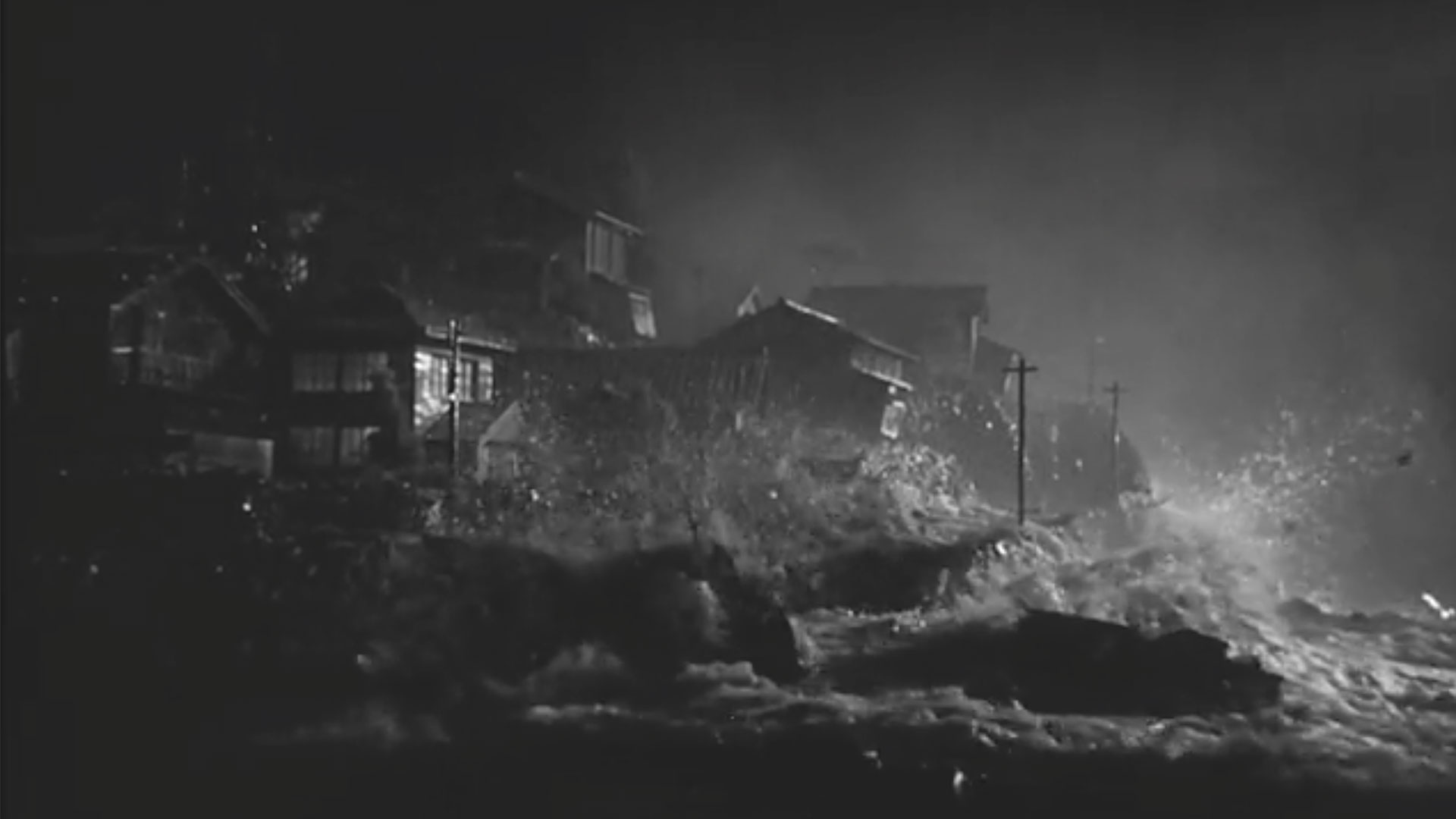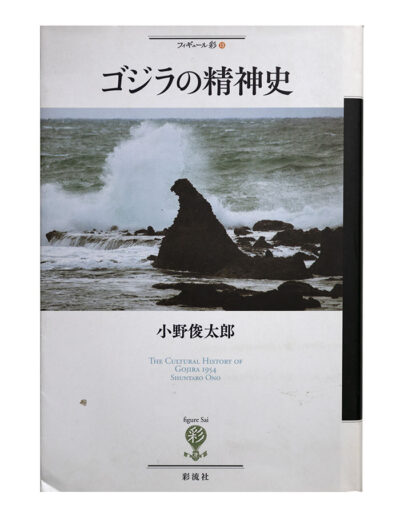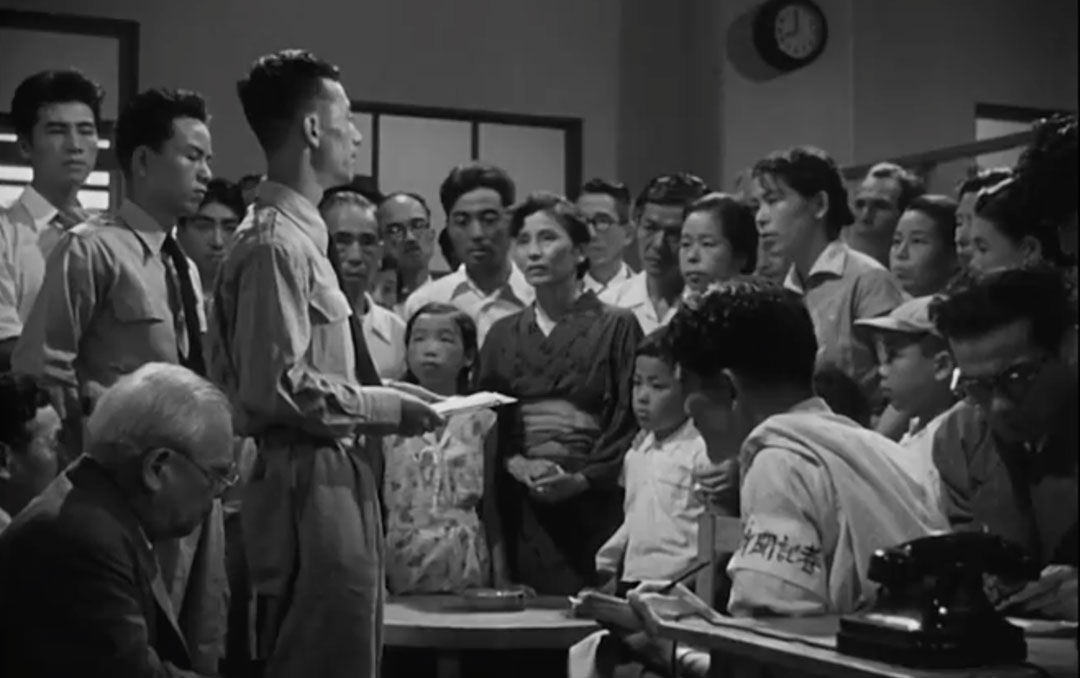8.28.2022
Most casual Godzilla fans make the connection between Godzilla’s origin and the atomic bombing of Hiroshima and Nagasaki at the close of World War II. Students of Gojira (1954), recognize its opening scene of the destruction of Eiko Maru akin to the story of the the Lucky Dragon No 5. The former connects Godzilla to the war and the latter to the postwar and the message of anti-nuclear proliferation. But few would know Godzilla’s connection to Typhoon Marie and Toya Maru accident in September 1954. Typhoon No. 15, named the Toya Maru Typhoon (洞爺丸台風) is listed as one of the top ten events of 1954 in Japan.1






